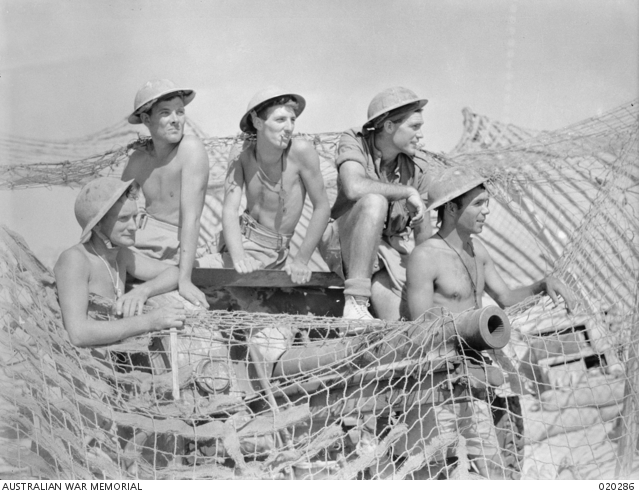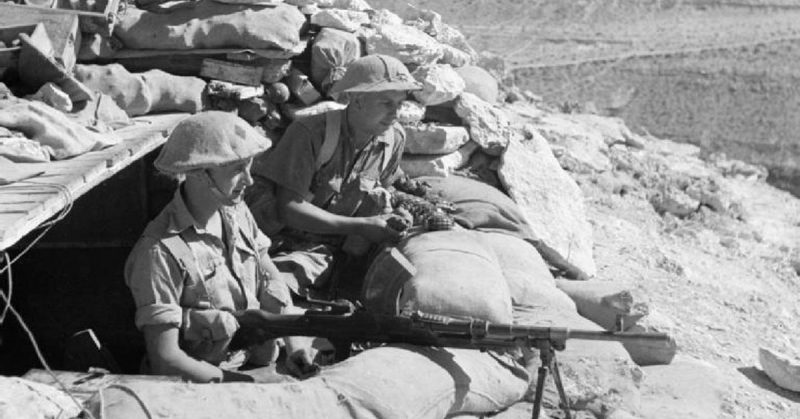From the moment Germany invaded Poland and started WWII on 1 September 1939, they were unstoppable. Their blitzkrieg tactics (concentrating their tanks, planes, and mechanized infantry to destroy their enemies’ lines of defense) made them poised to win. America and Russia were neutral, leaving only Britain to fight a defensive war against the German advance. … at least till they brought some Australians in.
By Easter of 1941, Germany had enjoyed 18 months of continuous and rapid expansion. Britain held out, but one defeat after another resulted in extremely low morale – both at home and on the front. The British public entertained thoughts of a non-aggression pact with Hitler, but Winston Churchill (their prime minister) was dead set against it.
To finally bring the British to their knees, the Germans were in the Middle East. The Suez Canal in Egypt was the lynchpin of the British Empire, the lifeline to her Asian colonies and to their vast resources, as well as to vital supplies of oil. Whoever controlled that would win the war.
Italy (a German ally) had occupied Libya, right next to Egypt where the British were heavily ensconced. On 22 January 1941, a joint force of British, Australian, and Indian troops captured the Libyan port city of Tobruk – making it the only Allied-held city in Axis-controlled territory. The only deep water port between Tripoli and Alexandria, it held a strategic position in the Mediterranean Basin, ensuring Britain’s only advantage through its naval fleet.
Germany retaliated by launching Operation Sonnenblume on February 6. This forced the British to retreat back to Egypt on May 25 and reinforced Italian-held Libya with more German forces – but it failed to retake Tobruk. Without it, further offensives into Egypt were impossible because it overstretched Axis shipping routes and limited their supply lines to land.
A garrison was left behind to make sure Tobruk stayed in British hands. It was composed of 11,000 British soldiers, 1,000 Indian troops, and 14,000 raw volunteers from Australia who had not yet seen war. The latter were the 9th Division (composed of the 20th, 24th, and 26th Brigades) and the 18th Brigade of the 7th Division under Major General Leslie Morshead.
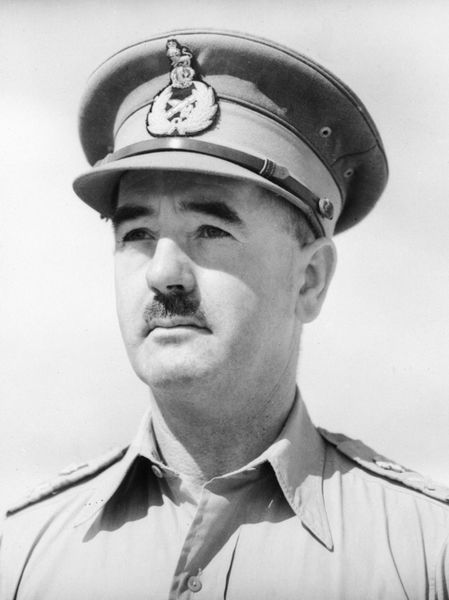
The task they faced was daunting even though the Italians had turned Tobruk into a hastily reinforced fortress. It was surrounded by 15 kilometers of bunkers, a patchy and rusted barbed wire perimeter, as well as an unfinished anti-tank trench. But thanks to its port, the British were able to come in, supply the city and its troops, as well as ferry personnel out – those who survived German U-boats and aerial raids, that is.
The man tasked with taking back Tobruk was General Field Marshal Erwin Rommel, also called the “Desert Fox” for his mastery of desert warfare. Considering Germany’s winning streak, Tobruk’s loss could be blamed on the Italians, so Rommel was confident of a quick victory. Besides, aerial reconnaissance had shown increased activity at the port, which he interpreted to mean that the British were withdrawing, as usual.
On April 11 the German 5th Panzer Regiment probed Tobruk’s defenses near the El Adem road which was manned by the 20th Australian Brigade. To their surprise, the anti-tank ditch had been repaired, forcing them to retreat. The Royal Airforce also attacked Axis vehicles in the rear. The following evening, more tanks tried to make it west of El Adem, but were repulsed by the Australian 2/17th Battalion.
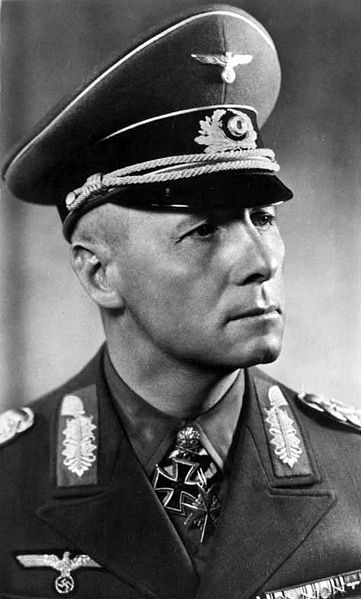
At the dawn of April 12, the 5th Panzer drove a breach through El Adem then split up – one headed north toward the port and the other headed west to cut off the Allied retreat toward the port. In typical blitzkrieg fashion, the mechanized infantry followed in the wake of the breach – exactly what the Australians were waiting for.
They mowed down the infantry while British tanks destroyed the Panzer division ahead. The Germans retreated in shock after losing some 75% of their 8th Machine-Gun Battalion and 38 tanks. It was the first time they had ever been repulsed since the start of WWII.
Rommel tried again on April 16, this time with the Italian 132nd Armored Division and the 62nd Infantry Regiment of the 102nd Motorized Division. These were stopped by the 2/48th Australian Battalion, which took 803 Italian POWs after destroying five tanks.
Encouraged, Morshead ordered his men to go on the offensive to avoid developing a siege mentality. The 2/38th Australian Battalion raided a hillock southwest of Ras el Medauar on April 22 and took 370 POWs of the Fabris Detachment while the 2/23rd Battalion crossed the Derna road and captured 100 POWs of the Italian 27th Infantry Division.
Rommel ordered a retreat, but followed that up with an aerial bombardment of Tobruk and the ships at port. In retaliation, the British launched air raids on Axis airfields at Gazala, Derna, and Benina.
Rommel launched another attack on April 30. It worked, He broke through the defensive perimeter outside Tobruk, but at a cost of half his tanks and 1,700 Axis casualties before he had to retreat. Some 200 Allied soldiers were dead, wounded, or taken as POWs.
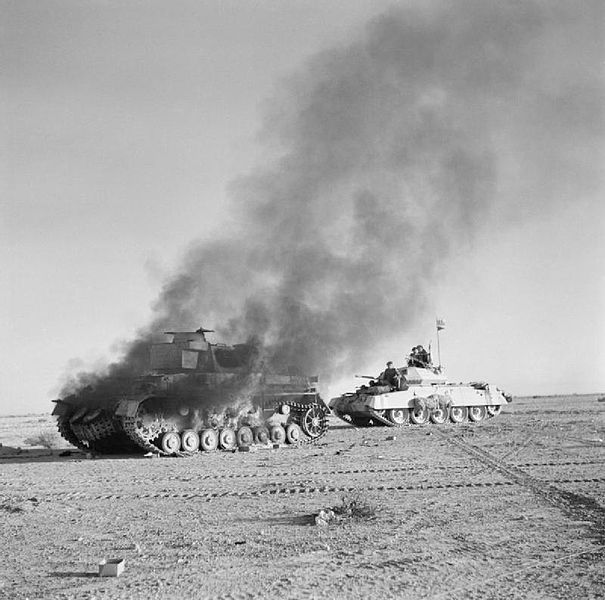
The myth of German invincibility was crumbling, so Churchill ordered Operation Battle Axe – an assault from Egypt to relieve Tobruk. Unfortunately, the German unit 621 decoded the plan. When the British amassed on the Egyptian border on June 15, Rommel was waiting. In three days, they lost almost 100 tanks and suffered over 1,000 casualties.
On the German front, things weren’t going too well, either. Hitler ended his non-aggression pact with Russia and was getting ready to invade it. To prepare for that, Rommel wasn’t receiving the supplies and material he needed. The defenders of Tobruk and their besiegers were at a stalemate. German radio started calling the Australians “poor desert rats of Tobruk,” which they took immense pride in, calling themselves the Rats of Tobruk.
Operation Crusader was launched on November 18 to December 30 to achieve what Battle Axe failed to do. It ended in a stalemate, and it cost Rommel 33,000 men and most of his tanks. With no further supplies, he ordered a retreat to Gazala, giving the defenders at Tobruk a much needed break… at least, till he returned the following year.
